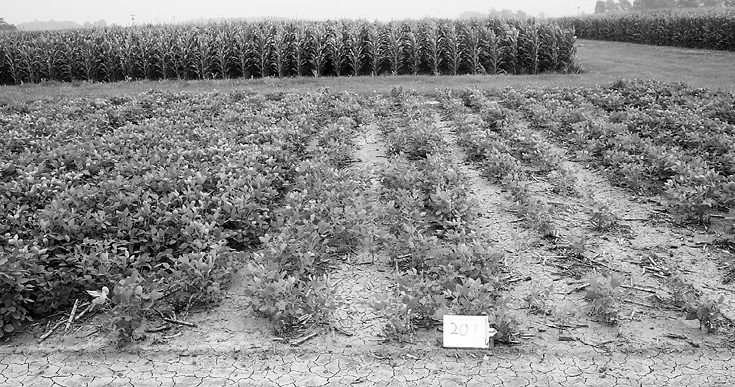No-Till Farmer
Get full access NOW to the most comprehensive, powerful and easy-to-use online resource for no-tillage practices. Just one good idea will pay for your subscription hundreds of times over.

Compaction is a no-till farmer’s kryptonite. The benefits that no-till provides — reduced soil erosion, increased organic matter, efficient biological ecosystems, improved soil quality, higher infiltration rates, yield boosts and more — can quickly be reclaimed if compaction occurs.
Ohio State University scientists recently crunched 17 years of soil compaction data and came up with some numbers that should encourage producers of all tillage types to avoid compaction. Randall Reeder, Ohio State University agricultural engineer; Alan Sundermeier, Wood County Extension educator; and Rafiq Islam, Ohio State soil and water specialist; shared some of that data at the 2008 National No-Tillage Conference.
The data was collected from 1988 to 2006 at the Northwestern Branch of the Ohio State University Agricultural Research Center at Custar. While plots were traditionally tilled from 1988 to 2002, no-till practices were implemented in 2003 to allow for additional, eye-opening comparisons of compaction impacts between no-till, subsoiling and a combination of the two practices.
Porosity of the soil is what determines infiltration rates and hydraulic conductivity, and Sundermeier says reduced porosity is the main visible symptom of compaction.
“You get a heavy rain and the water just lays on the surface. That’s what we’re talking about with porosity — the ability of water to get down between the soil particles,” he says. “When you compact the soil, you seal it up so it’s too tight for water to move through.”
When researchers applied 20 tons per axle of compaction force with a full 600-bushel grain…